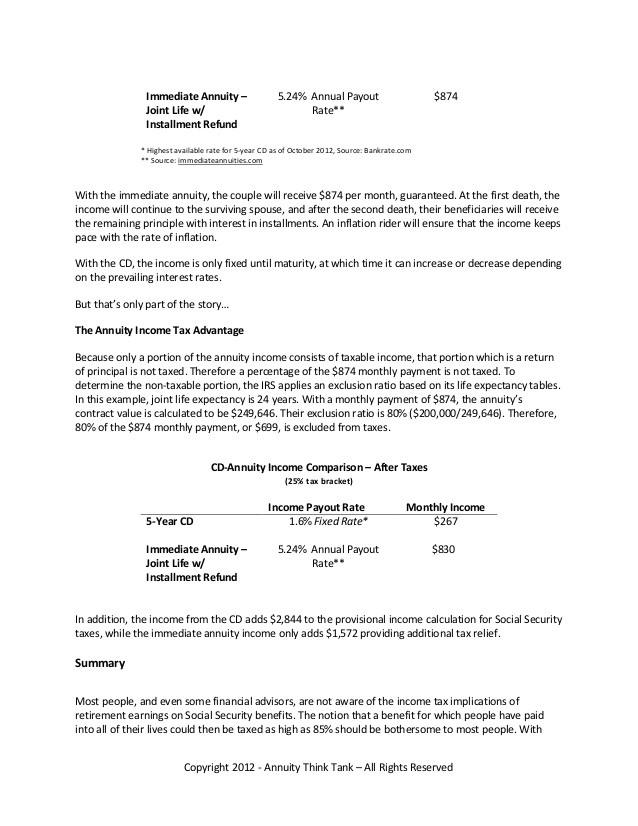Structured notes to replace CDs Bankrate Inc
Post on: 15 Июль, 2015 No Comment

Structured notes to replace CDs?
Posted: 1 pm ET
Another year of low rates on certificates of deposit could push even more savers toward structured notes, a recent survey found. The nonscientific survey asked almost 100 finance professionals what they think of structured notes, which are derivative-linked debt securities. The survey was conducted in October by Incapital, an underwriter and distributor of fixed-income products.
Though many savers have bought structured notes to earn income, structured notes are not equal to CDs when it comes to risk.
A principal-protected note is not a structured CD. The difference between what they are calling structured CDs or market-linked CDs and principal-protected notes is the FDIC insurance. (A CD) is typically issued by the bank and (a note) is issued by typically a holding company of the bank, says Glenn Lotenberg, managing director at Incapital.
Structured, or market-linked, CDs and structured notes do share similar characteristics — a zero-coupon bond component attached to some other security or index.
The difference is the credit risk, Lotenberg says. The buyer of a note will be a senior unsecured debt holder of the issuer while a CD is covered by FDIC insurance up to the $250,000 limit.
That’s a risk many are willing to take to get returns above today’s low CD rates. Twenty-six percent of the financial advisers queried in the survey said they believe the best use of structured products is to replace more vanilla vehicles such as CDs in a portfolio. Another 20 percent use them for diversification and 34 percent use them to get equity exposure.
What are structured notes?
Structured notes come in several varieties. Some offer principal protection. That is they guarantee that you’ll get all of your money back at maturity. With other types, investors may actually lose money, though they may get some level of protection.
Like structured CDs, structured notes can have complicated systems for determining how much the investor gets paid. There are many different variations of structured notes, but they follow some central strategies.
The term, structured products, is very general. They could be vanilla or very exotic, Lotenberg says.
For instance, principal-protected notes can resemble a structured CD minus the FDIC insurance. Other notes use some leverage, or borrowing, for investors seeking a higher payout. Still others may offer more opportunities to generate income through regular interest payments, in addition to offering some of the returns from the underlying securities.

Finally, there is a group called special-access notes that give investors access to markets or highly leveraged trading strategies they wouldn’t normally be able to access, according to the Structured Products Association, the trade association for the structured investments industry.
There are risks that savers should be aware of. Structured notes are dependent on the issuer for payment so creditworthiness is an issue, just like it would be for corporate or municipal bonds. Structured notes also can be very illiquid and generally have to be held to maturity.
Finally, buyers have to understand how and when they will get paid as well as the tax implications, downside risks and fees associated with specific products.
What do you think? Do you buy structured notes and do you use them in place of CDs?
Get more CD and Investing News with our free weekly newsletter .
Follow me on Twitter: @SheynaSteiner














